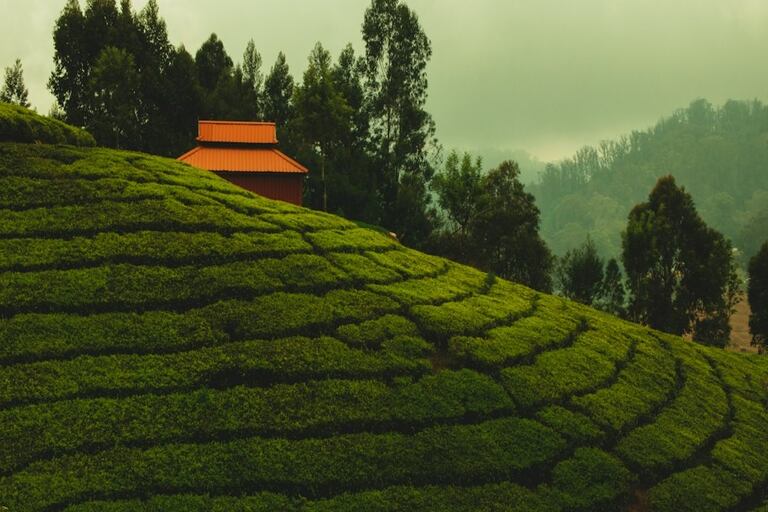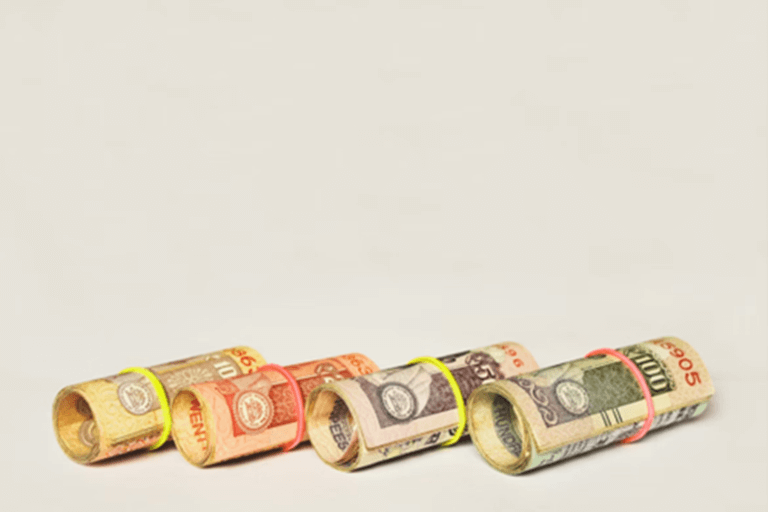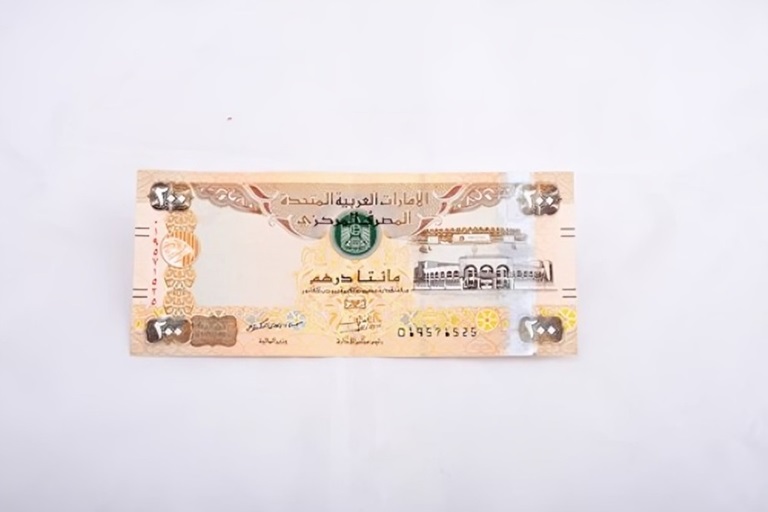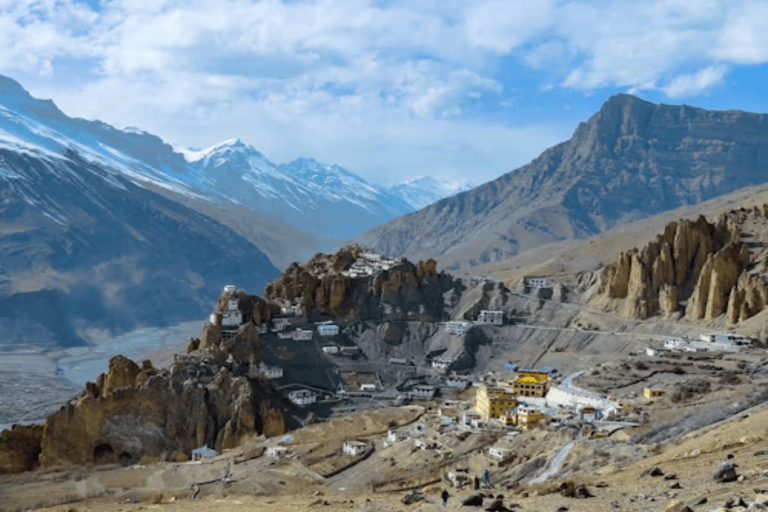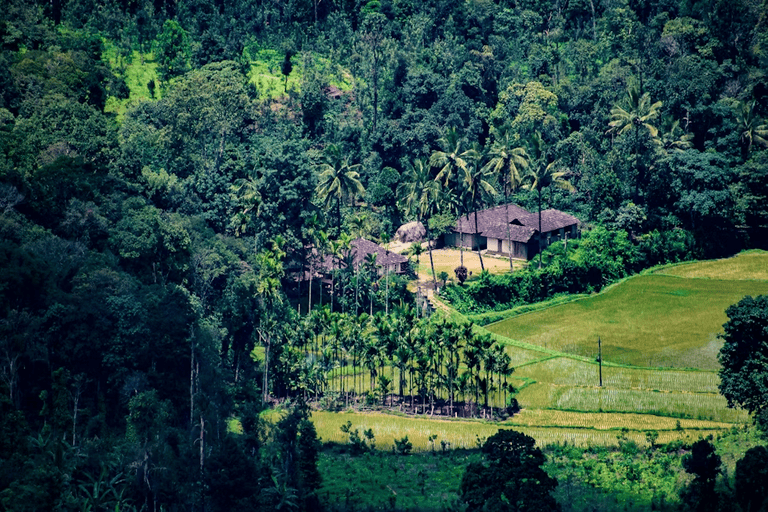
Holi Festival 2025: Dates, Significance, and Importance Across India
Table of contents
Holi, the “Festival of Colours”, is one of the most important religious festivals in India. It unifies people of all backgrounds with its fun celebrations that involve elaborate pujas, traditional rituals, playing with colours and so on. Not just Hindus but people of various ethnicities and religious beliefs take part in the Holi Celebrations, including countless foreigners who visit India to attend it. The Holi 2025 is just around the corner and if you want to know more about its history, significance, etc., go through this page.
Important Holi 2025 dates
The occasion lasts for a night and a day, beginning on the evening of the full moon day (Purnima) that falls on the month of Phalguna according to the Hindu calendar (usually somewhere in the middle of March). This year, i.e., in 2025, the festival is on 14th March, which is a Friday. The day, or to be precise, the evening before Holi marks the initial celebration of the festival. Sometimes referred to as “Chhoti Holi”, it is the evening when people take part in ceremonial bonfires known as “Holika Dahan”. Here are the dates;
| Holi 2025 dates | Date & Timing |
| Chhoti Holi or Holika Dahan (Ceremonial Bonfire) | The evening of 13th March 2025. |
| Holi | All day of 14th March 2025. |
Note: The auspicious timing (muhurat) for a ceremonial bonfire or Holika Dahan is between 11:26 PM to 12:30 AM. The Purnima Tithi will begin at 10:35 AM, on 13th March and end at 12:33 PM, on 14th March.
Why is Holi celebrated in India?

Holi img
Holi is an ancient Hindu festival with unique rituals and immense cultural importance. Several old scriptures have mentioned or talked about this festival in great detail, such as Mimamsa Sutra, Bhavishya Purana, Narada Purana, Ratnavali, Dasakumara Charita, etc. So, it is no surprise that the Holi festival importance is a major one, considering it has been a part of Hindu culture and India’s history for centuries. To answer the reason behind the celebration of Holi, we need to go through the two popular legends associated with this festival, which are;
1.The legend of Lord Krishna and Shree Radha

Krishna and Shree Radha
Must Read : How to Celebrate Holi Festival: Traditions, Rituals, and Travel Tips
One popular legend behind the Holi festival is associated with Hindu deities, Lord Krishna and Shree Radha. It is said that while growing up, Krishna was worried if Radha, who had a fair skin complexion, would ever like him due to his dark skin colour. To help reduce his worries, Lord Krishna’s mother, Yashoda, advised him to go to Radha and playfully colour her face with any colour of his choice. Little Krishna, fascinated with this idea, ran off to do the same. From there, playing with colours as part of Holi celebrations began.
2.The legend of Holika and Prahlad

holika-dahan
Another popular legend behind Holi tells the tale of an arrogant King named Hiranyakashipu, who earned a boon that no human or animal could ever kill him, neither during day nor night, neither indoors nor outdoors, neither on land, in water nor air and neither by any astra nor shastra. With this, he grew arrogant and made everyone worship him as a god. However, his own son, Prahlad, was an adherent of Lord Vishnu. So the King asked his sister, Holika, to kill his son. Holika, while wearing a cloak that made her immune to light fire, tricked Prahlad, who was not immune to fire, into sitting on a pyre with her. But due to Prahlad’s iron-clad devotion to Lord Vishnu, Holika was the one who ended up being burnt instead of Prahlad.
Many are unaware of the next part of this story. After this, Lord Vishnu took the avatar of Narasimha and took the evil king to his doorstep at dusk, placed him on his lap and killed him by disembowelling him with his sharp lion claws. The event of Holika and Prahlad later came to be observed as Holika Dahan, and holy is thus looked at as a festival marking the victory of good over evil.
Holi festival significance
Holi significance in India is a major one, linking it to various cultural and spiritual elements. People across the country celebrate Holi as it honours the celestial love and bond shared by Lord Krishna and Shree Radha and also as a festival that marks the triumph of good over evil. This festival is associated with many Hindu legends, hence it has an immense cultural and religious impact on the followers of the Hindu faith, especially on the adherents of Lord Vishnu.
Besides, Holi is also seen as a festival that celebrates the arrival of spring in India. It is the season that marks the end of winter and commemorates the period of fertility and the blossoming of new life. This is why this festival is so important to farmers and shares a rich connection with ancient agricultural practices and rituals. Through time, the festival has become a universal language of joy and unity. People of all backgrounds, ideals and beliefs come together and spread happiness, breaking any and all repressive social barriers. It is also seen as a time of forgiveness and new beginnings, where people let go of their past resentments and look forward to a fresh start.
Different shades of Holi
While the whole of India celebrates Holi, it is observed a bit differently in certain communities, regions and states. Here are some popular examples;
In Barsana and Nandgaon of UP, Lathmar Holi is celebrated where women use sticks to playfully hit men while they try to cover themselves.
In West Bengal and Odisha, Basanta Utsav and Dol Yatra are observed, which involve pujas, rituals, cultural events, colourful processions where the Lord’s idol is carried, etc.
In Vrindavan, UP, instead of using colours, people celebrate Holi by throwing flowers at each other.
Conclusion:
As you can see, Holi importance in India’s culture, history and religion is a massive one. In the modern world, festivals like Holi bind people across ethnicities and borders with fun celebrations. It promotes joy, love, peace and prosperity in the most colourful way possible. So, if you are planning to paint your white dress as well as your face with gulal this year, be prepared for the Holi 2025 celebrations.
Table of contents
Trending blogs for you
 18002099100
18002099100

